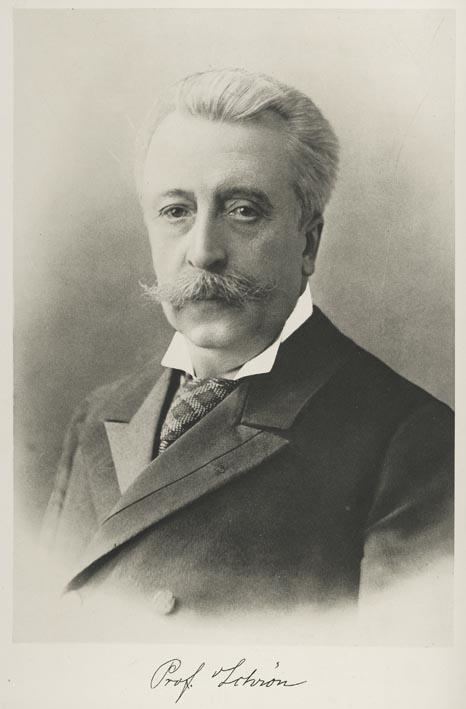Name Otto Schron | ||
 | ||
Otto von Schrön (7 September 1837 – 13 May 1917) was a German physician and epidemiologist born in Hof, Bavaria.
From 1855 he studied medicine at the Universities of Erlangen and Munich. After obtaining his medical degree, he relocated to Italy, working at the Universities of Turin and Pavia. In 1864 he became a professor of pathological anatomy at the University of Naples.
While still a student, he took part in Karl Thiersch's research that demonstrated the epithelial origin of cancer. He performed histological and histopathological studies of the skin and was the first scientist to discover desmosomes and the tonofilament system, but was unable to identify the role these structures played from a physiological basis.
During the early part of the century, Schrön claimed that there were pathological differences between tuberculosis and lung phthisis, asserting the existence of a phthisiogenous microbe.
For his accomplishments in his work against cholera, typhoid and other infectious diseases, in 1863 he was proclaimed "Cholera-Kommissar" in Naples, and in 1869 became an honorary citizen of the city. In 1883 he was ennobled by King Ludwig II of Bavaria, and awarded with the "Order of Merit" of the Bavarian crown. Schrön died on 13 May 1917 in Naples.
